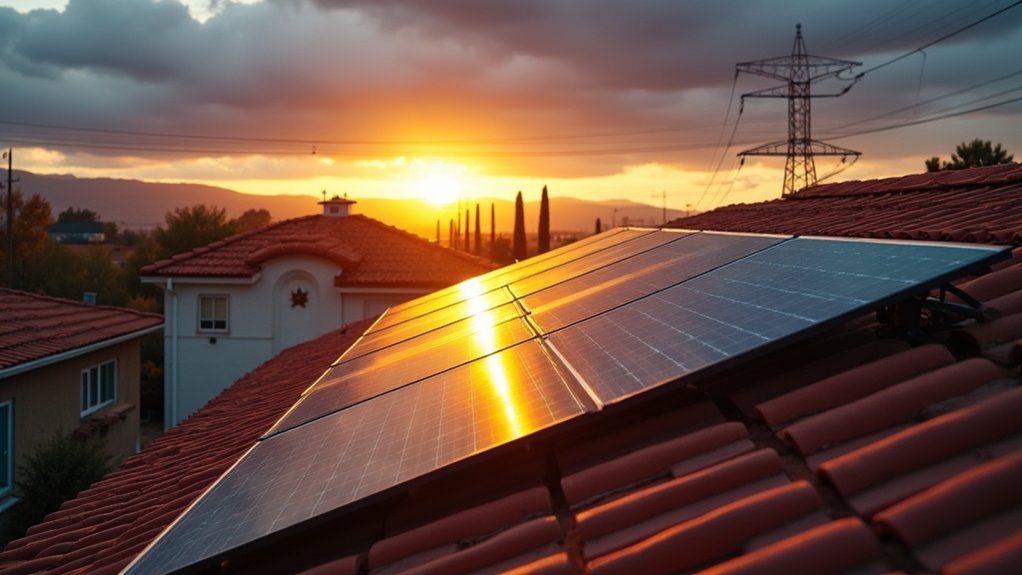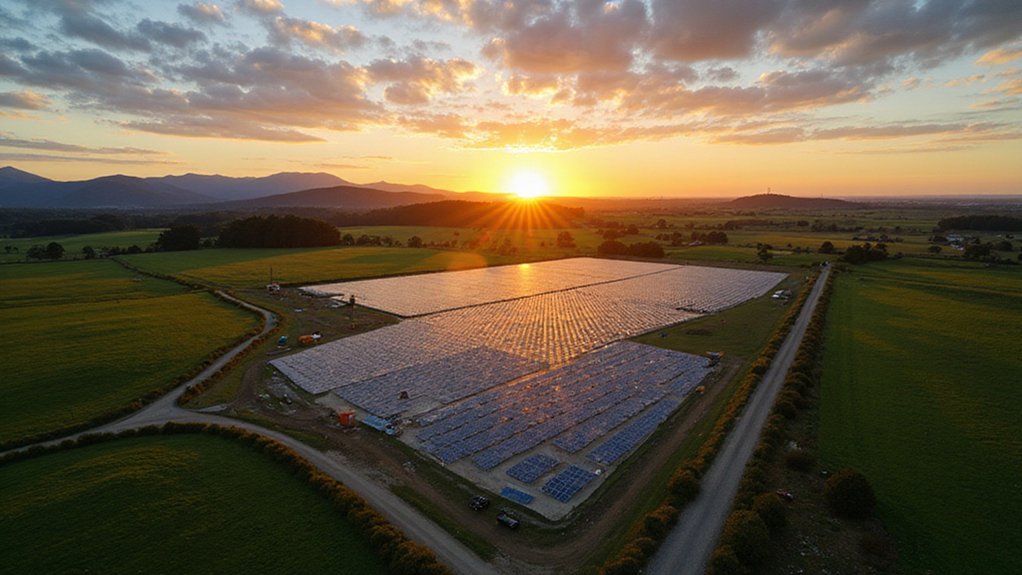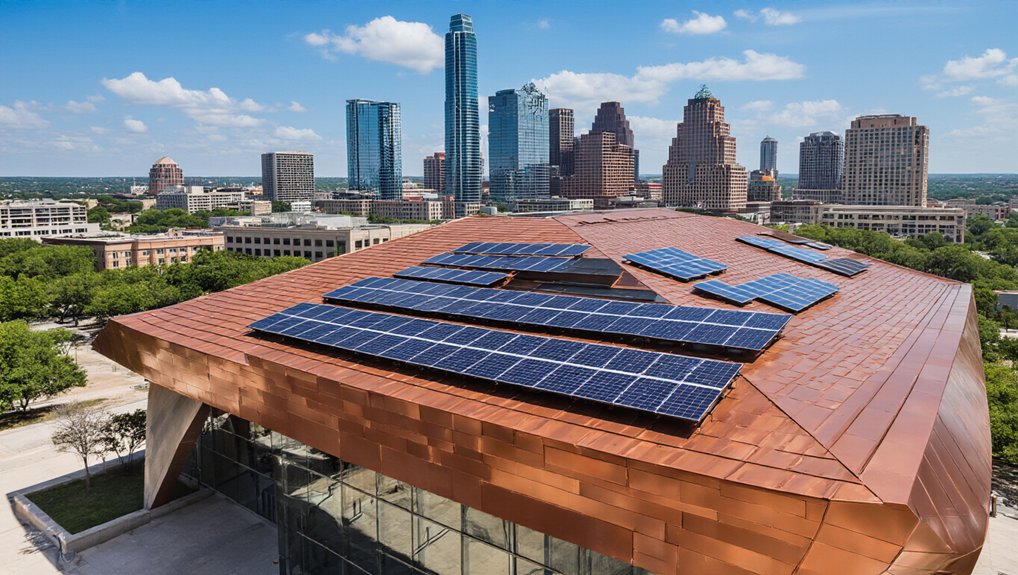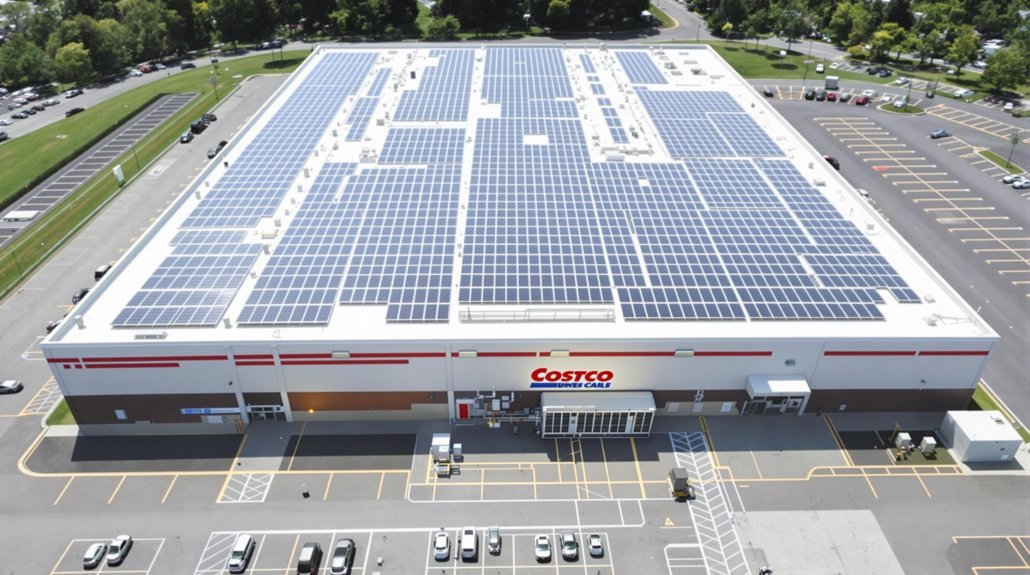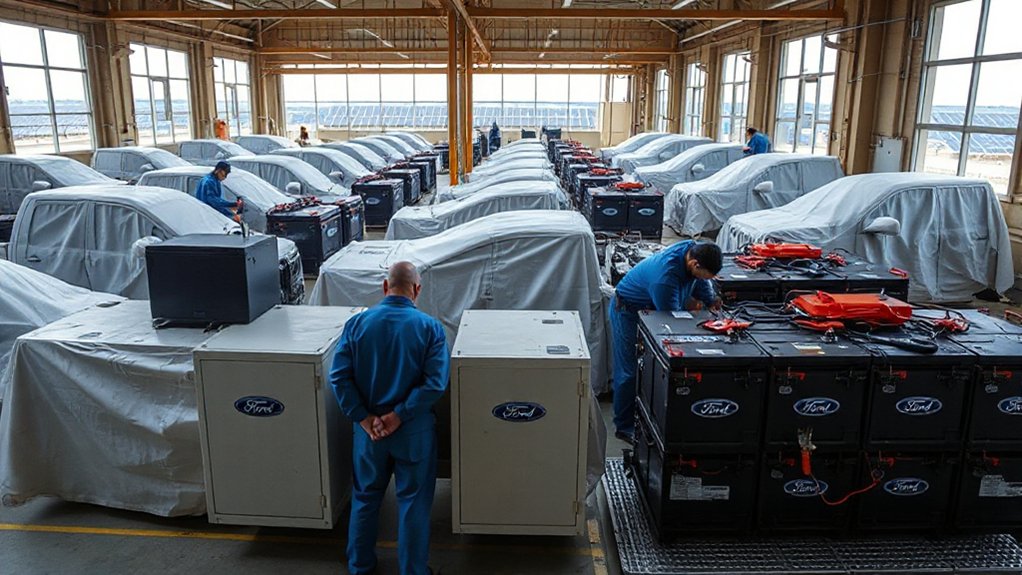California’s planned changes to home solar incentives have sparked controversy across the state. Assembly Bill 942 wants to move homes with solar panels to a new payment system called NEM 3.0 when they’re sold after April 2025. This new system pays about 80% less for extra electricity that solar panels send back to the grid.
The bill would break existing 20-year agreements that nearly 2 million California homeowners signed when they installed solar. Many of these homeowners are still paying off loans for their systems. Governor Newsom has accepted $2.5 million from utilities and their labor unions, raising questions about outside influence. They expected certain savings based on the original deal terms, but now those terms could change mid-agreement.
Under the proposed legislation, similar changes in Nevada previously resulted in legal challenges that forced the state to reinstate original contract terms. When a home with solar panels is sold, the new owner would immediately get less money for the electricity their system produces. This could add about $63 per month to electricity bills. Experts worry this will make homes with solar less attractive to buyers.
The change threatens the basic math that makes rooftop solar worthwhile. With lower compensation rates, it will take much longer for homeowners to earn back what they spent on their systems. This uncertainty is already causing some people to delay selling their homes or rethink installing solar.
Supporters of the bill claim that generous solar incentives raise electricity costs for customers without solar. They argue changes are needed to make the system more fair.
However, critics point out that changing long-term contracts damages trust in government programs and could hurt California’s clean energy goals. The state’s pursuit of renewable mandates has already resulted in electricity rates 50-100% higher than states with market-based approaches.
The real estate market could feel significant effects if the bill passes. Homes with solar may become harder to sell, and builders might stop including solar in new construction.
The debate highlights the challenge of balancing fair energy costs with the need to encourage renewable power, as California works toward its ambitious climate targets.
References
- https://www.canarymedia.com/articles/solar/california-rooftop-net-metering-clawback-bill
- https://solarrights.org/blog/2025/04/15/dont-break-the-solar-contract/
- https://www.pv-magazine.com/2025/05/05/california-advances-bill-to-end-net-metering-break-solar-contracts/
- https://www.latimes.com/environment/story/2025-04-30/bill-to-slash-rooftop-solar-incentives-faces-hearing
- https://www.newdaysolar.com/understanding-californias-solar-mandates-for-new-builds-in-2025/
